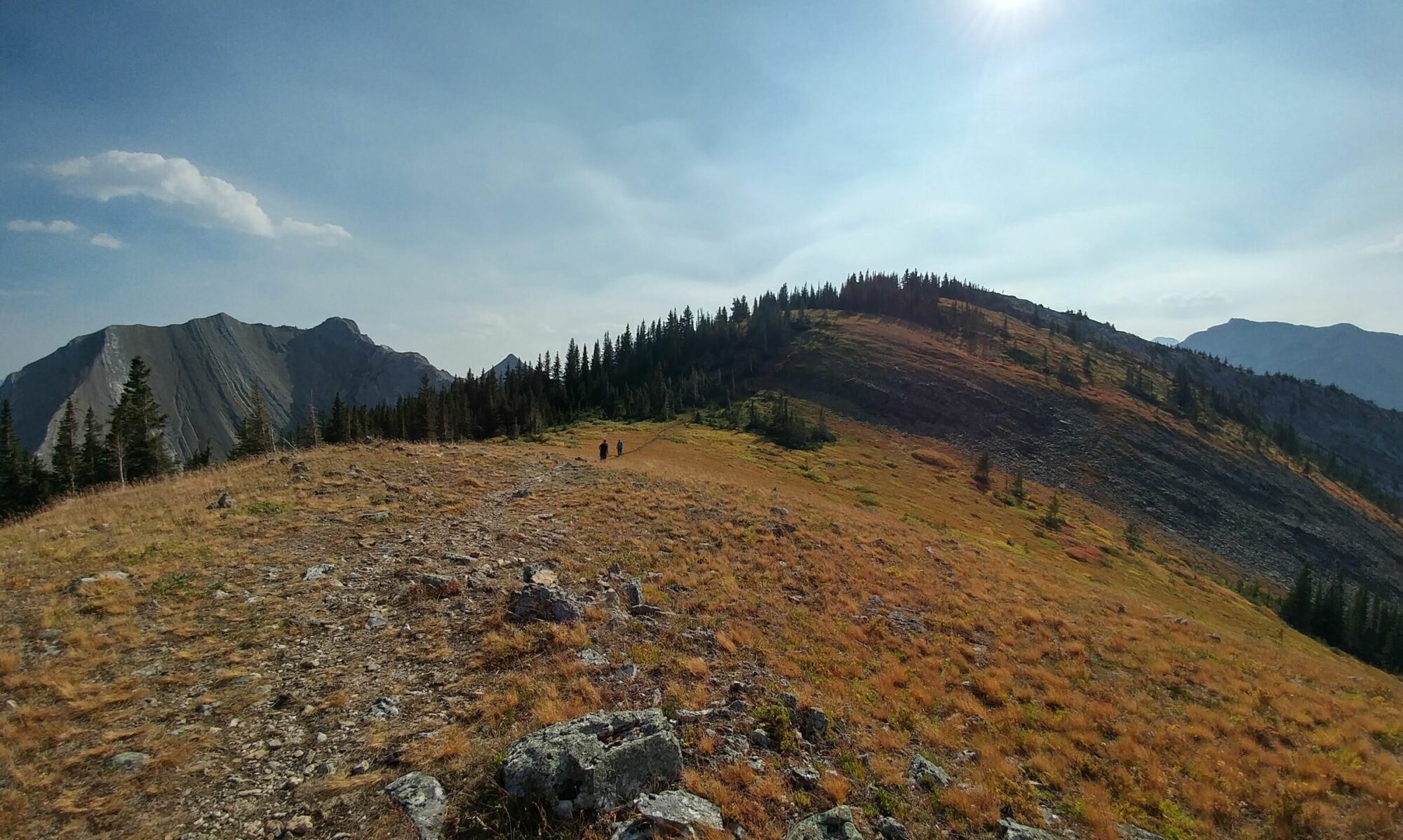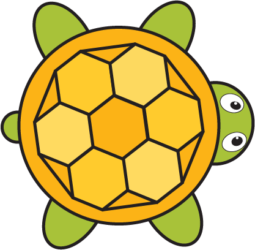Recently I read an article about Natural Math. It is a different way of approaching teaching / learning math for young children. Here is an excerpt of the article:
“The familiar, hierarchical sequence of math instruction starts with counting, followed by addition and subtraction, then multiplication and division. The computational set expands to include bigger and bigger numbers, and at some point, fractions enter the picture, too. Then in early adolescence, students are introduced to patterns of numbers and letters, in the entirely new subject of algebra. A minority of students then wend their way through geometry, trigonometry and, finally, calculus, which is considered the pinnacle of high-school-level math.
But this progression actually “has nothing to do with how people think, how children grow and learn, or how mathematics is built,” says pioneering math educator and curriculum designer Maria Droujkova. She echoes a number of voices from around the world that want to revolutionize the way math is taught, bringing it more in line with these principles.”
Dr. Droujkova continues in talking about how play is a key to learning math, and that kids should discover the patters in our world instead of or in addition to doing difficult arithmetic calculations, that are usually obligatory in math classes.
I think this is also the case in physics education. Play with real/physical objects is disappearing from our children’s lives while they are spending more time on tablets, phones, and computers. The young children should be discovering how the world works in the physical sense, but they are now, more and more, missing out.
For instance, I recently discovered that students in my grade 12 physics classes do not know how magnets work.
In previous years, I only had to say that a ferromagnetic material is one that is attracted to magnets, and from that information, my students would know that a copper penny or an aluminum pop can wouldn’t be considered a ferromagnetic material, because obviously those things are not attracted to magnets. This past year, however, my students truly had no knowledge that a penny is not attracted to magnets, or that cans of pop are also not attracted to magnets. Without the students playing around with magnets in their youths, they have missed out on that piece of information.
This seems a bit trivial, and easily remedied, by just stating this as fact or showing my grade 12’s that a magnet in fact is not attracted to copper or aluminum. But that’s not my point. My point is that there must be so many other things of which students these days don’t have an intuitive understanding. Play is important to really discover the world and to have a child build it up in their mind. Once the child has an intuitive understanding of how the world works, or what patterns are in and around us, then the rigorous physics and math principles can build on this basic knowledge with their rules, theories, and laws.
NOTE:
If you would like to read the entire article on Natural Math: https://www.theatlantic.com/education/archive/2014/03/5-year-olds-can-learn-calculus/284124/
If you would like to read the book by Maria Droujkova on Natural Math, and how to include play in our children’s lives to support them growing into kids that love math: Moebius Noodles (Natural Math)


